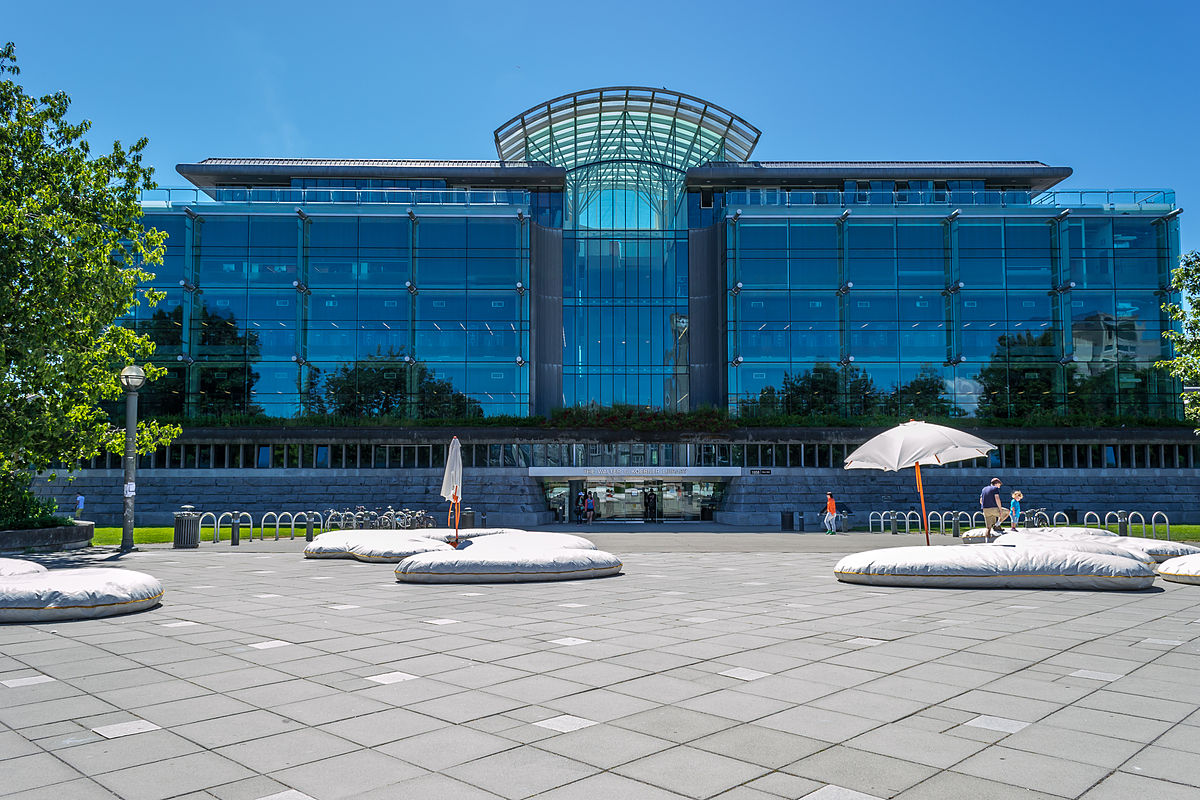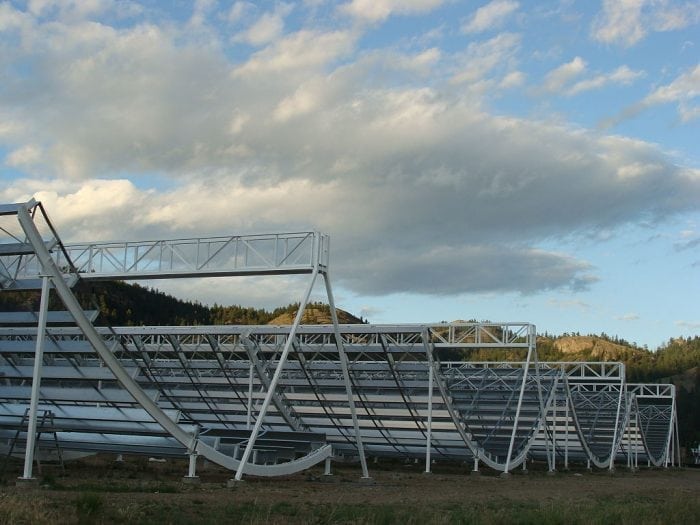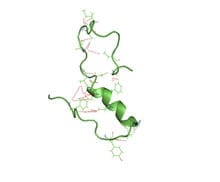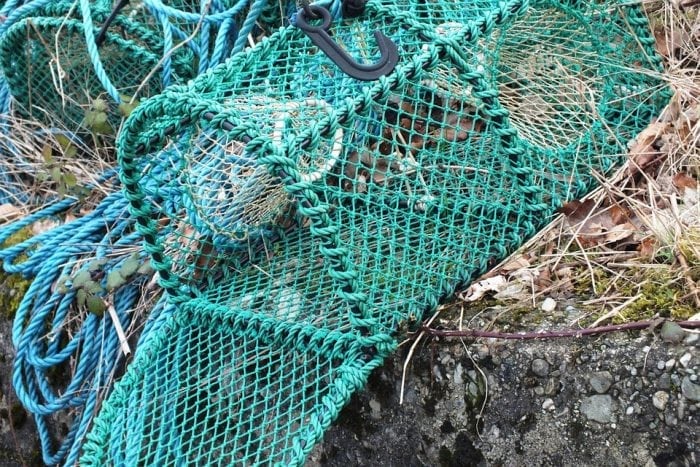
2017 was a big year for the University of British Columbia, which conducted some extremely interesting and groundbreaking research over the course of the year. The research done at the university covered everything from developing earthquake-resistant concrete to how to be happier. Let’s take a closer look at some of the best research done in 2017 by diving into UBC’s top research findings for the past year.
Earthquake Resistant Concrete
Part of the reason that earthquakes are so dangerous is that they can crack and destroy the foundation of traditional concrete buildings. Researchers at the Canada-India Research Centre of Excellence IC-IMPACTS tackled this problem and succeeded in producing a form of earthquake-resistant concrete. The material is dubbed “eco-friendly ductile cementitious composite” (EDCC) and it can be applied to currently existing structures to make them more earthquake resistant. The composite material can be applied as a thin coat on the surface of concrete, and it makes it more malleable and adaptable to seismic shocks.
The researchers tested the performance of the material under a variety of conditions, including subjecting it to seismic shocks as powerful as a magnitude 9.0 earthquake. The cement resisted the shocks and didn’t buckle. A substantial bonus is that the material EDCC is made out of requires far less cement, which cuts down on emissions of carbon dioxide.
The material will be used to retrofit on an elementary school in Vancouver as part of its first rollout, but the team at IC-IMPACTS hopes production can be scaled up, in order to make buildings that are both more resilient and less harmful to the environment.
The Creation of CHIME
Researchers from the University of British Columbia were heavily involved in the creation of a powerful radio telescope. The Canadian Hydrogen Intensity Mapping Experiment (CHIME) is intended to allow astronomers to build three-dimensional models of the universe that will assist in their understanding of the universe’s history and structure.

Photo: By Mateus A. Fandiño – The CHIME collaboration, CC BY-SA 4.0, https://commons.wikimedia.org/w/index.php?curid=41957741
The facility is constructed out of four 100 m long half cylinders, intended to measure radio waves that are between the wavelengths of 37 and 57 cm. It will perform seven quadrillion computer operations every second, in order to process the data coming in from space.
CHIME will be able to study gravitational waves and measure the composition of dark energy, among performing other important functions. Researchers are hoping that they can put the cap on Einstein’s theory of general relativity through gaining an understanding of gravitational waves, ripples in space-time that have eluded our understanding thus far.
Buy Happiness By Buying Time
While many people believe that money can’t buy happiness, research done by scientists at UBC and Harvard business school found that it might, in a sense, be possible to buy happiness after all. Specifically, investing your money in devices or systems that save you time will increase your overall happiness.
The results come from a study of approximately 6000 people across the US, Canada, the Netherlands, and Denmark. Respondents to this study were asked if they spent money on devices that saved themselves time, and how much money they spent. They also answered questions regarding their overall level of happiness, life satisfaction, and stress. An analysis of the results revealed that those who spent their money on things that save them time reported greater life satisfaction overall. The effect remained robust even after the researchers controlled for variables like income.
A field experiment was also conducted to test the hypothesis. The researchers gave $80 total to 60 participants. The participants were instructed to spend half the money on something that would save them time one weekend and to spend the other half of the money on a material purchase the following weekend. The experiment supported the study’s findings that people feel happier when they spend money on things to save themselves time.
Loneliness Is Overestimated
Research done by UBC scientists in collaboration with Harvard Business School and Harvard Medical School has found that people frequently overestimate their loneliness in relation to other people. The collaborative study found that people, at least university students, consistently describe their peers as more social, with more friends, than they themselves are. In other words, those who compare themselves to others and think that they are extraordinarily lonely are most likely mistaken.
The study was done with surveys collected from 1100 students at UBC, and the surveys asked the students to report how many friends they had made and then to estimate how many friends their peers had made since starting the school year. The results of the study reported that almost half of all students believed other students had developed more friendships than they had. Approximately 31% of students believed that they had made more friends than their peers had.
These beliefs can have powerful impacts on an individual’s happiness and sociability. Another survey was done which tracked the well-being of 389 students who had reported that their peers had made more friends. These students reported lower levels of well-being than their peers reported.
Interestingly enough, the students who believed that their peers only had a few more friends than they did report making more connections than the students who said that their peers had many more friends than they did. This could suggest that if a perceived social gap is wide enough, people stop trying to connect.
Findings on Alzheimer’s Disease
Researchers at UBC made several advancements in the study of Alzheimer’s disease over the course of the year.
One study done by UBC researchers, in the lab of Dr. Weihong Song, suggested that even though Alzheimer’s disease has long been believed to originate in the brain, it could be started by problems that occur in other parts of the body. Amyloid beta, a protein connected with Alzheimer’s disease, seems to be able to cause the development of Alzheimer’s symptoms.

Structure of amyloid beta. Photo: By jeff brender (biophysik) – Own work, CC BY-SA 3.0, https://commons.wikimedia.org/w/index.php?curid=18185215
Crucially, amyloid beta does not develop in the brain, rather it is produced in muscles, blood platelets, and blood vessels. Researchers discovered this by joining the bodies of two mice together. One mouse had been modified to carry a mutated gene which produced high levels of amyloid beta, while the other mouse was normal. The normal mouse eventually began to display symptoms of Alzheimer’s, presumably because the amyloid beta went through their joined bodies to the brain of the other mouse, where it began to degrade the brain.
Another study done at UBC, also overseen by Dr. Song, found that the underpinnings of Alzheimer’s disease could be related to conditions stretching back to the development of a fetus in utero. Marginal deficiencies of vitamin A, even when they occur early in pregnancy, are correlated with stunted brain development which may contribute to the development of Alzheimer’s later in life. This was determined by depriving mice of vitamin A in the womb or shortly after birth. The mice who were deprived of vitamin A showed increased production of amyloid beta and displayed signs of neurological damage.
Millions of Tons of Fish Wasted
The Sea Around Us initiative, started by UBC’s Institute for the Oceans and Fisheries, released a report this year that states approximately 10% of the world’s total fish catch over the past year was discarded. This amounts to about 10 million tons of fish thrown back into the sea this past year.
The massive amount of discarded fish happens because of poor fishing practices. These practices include holding onto small fish while still fishing, and if larger fish are caught throwing the smaller ones overboard. Fish waste also occurs because fish are caught out of season or nets catch species not being fished for.

Photo: JulieG via Pixabay, CC0
Amounts of discarded fish have actually fallen over time, down to 10 million tons from 18 million tons in the 1980s. The reasons for the drop in fish waste could be due to improved management of fisheries, but it is just as likely an indicator of depleting fish stocks.
Flexible Touch Screen Sensors
Last year UBC researchers succeeded in developing a cheap sensor capable of flexing and bending, potentially paving the way for the creation of foldable phones or tablets.
The sensor utilizes a conductive gel placed between silicon layers. These layers are capable of detecting different pressures and motions of touch, even if the material is bent or folded. Not only is the material flexible, it is also quite cheap considering its utility. A room-sized version of the sensor could be produced for just dollars per square meter. This means it has a wide variety of applications, and could be put on the floor, the ceiling, a wall, or even over someone’s body. It’s so cheap it could be included in disposable medical devices.
These were just some of the impressive research projects carried out by the University of British Columbia in 2017. It’s exciting to contemplate what projects the university will complete this year.








